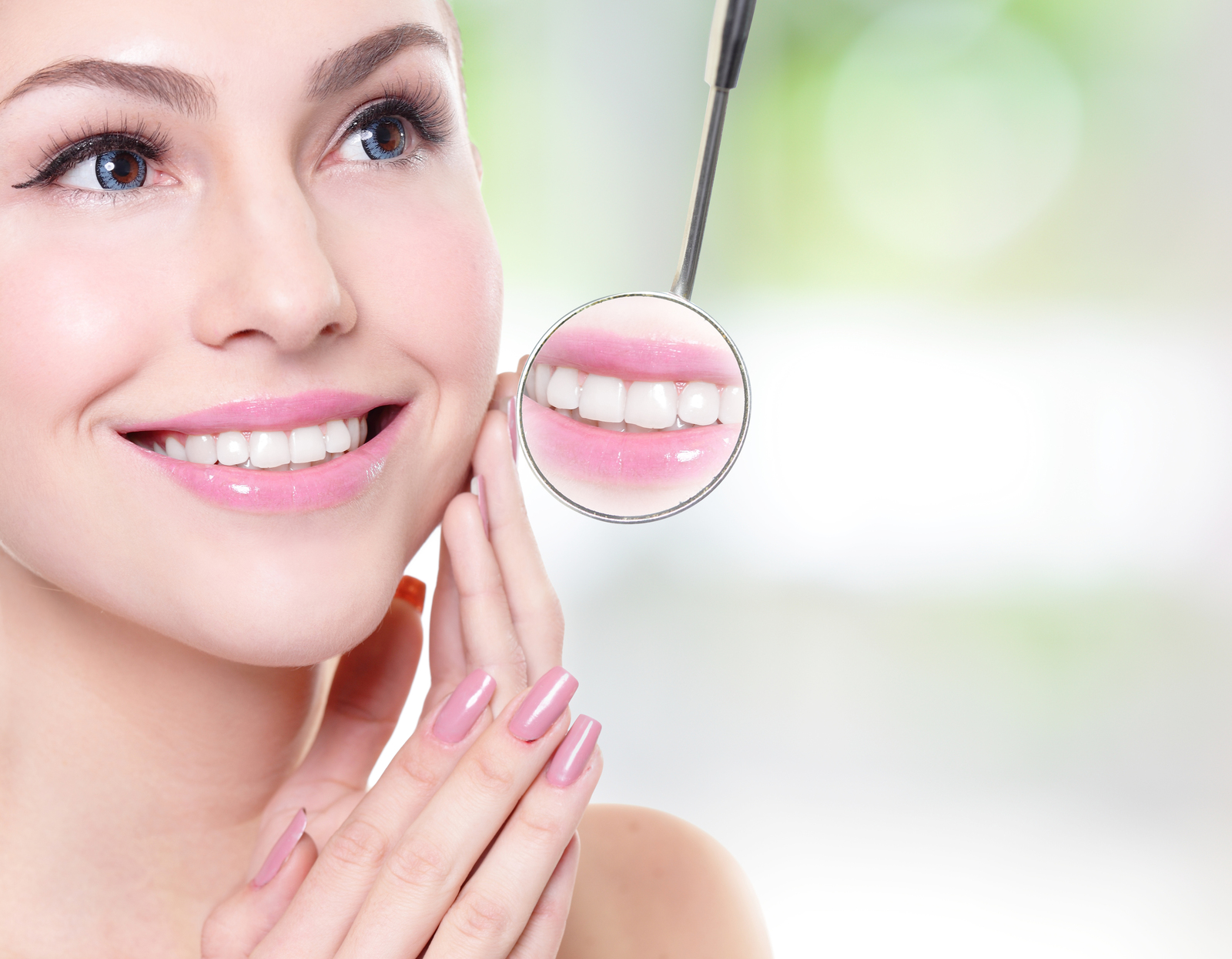One of the therapies in the forefront of the battle against tooth cavity is fluoride treatments. Fluoride is a mineral found in chicken, seafood, soybeans and water. It strengthens teeth by mineralizing their enamel layer. It also protects your teeth from acid attacks from bacteria and sugar.
A family dentist in Lone Tree Colorado like Willow Creek Dental might prescribe fluoride therapy for prevention of tooth decay in patients at risk. Fluoride therapy can also reverse tooth cavities in early stages. There are two main classes of fluoride therapy; systemic and topical. Here are the typical forms of fluoride used in topical delivery therapy.
Gels and Foams
Gels and forms are usually applied by a dentist using a tray placed in your mouth for some minutes. You can also get a fluoride gel prescription to use at night. After application, you are advised to avoid brushing for 24 hours. You can then resume your oral hygiene practices after this time. The foam or gel is reapplied every six months.
Varnish
This is a fluoride coating applied on your teeth at a dentist office using a cotton swab or brush. The treatment takes about 30-60 minutes. Varnish contains higher amounts of fluoride compared to other forms of treatment. It is safe even for kids as only a small quantity of varnish is used and it comes in various flavors for them. It is reapplied after every six months.
Mouth Rinse
Mouth rinse typically contains a lower concentration of fluoride and can be bought over-the-counter at a chemist. For high concentration, however, a doctor’s prescription is required. There are many variants of fluoride mouthwash, and it is wise to get a dentist’s advice on the best for you.
Fluoride toothpaste is a conventional form of fluoride therapy. The ideal fluoride concentration in toothpaste is 1350-1500ppm for children above three years and adults. Visit a qualified dentist today for an individual fluoride treatment plan to suit your needs.




